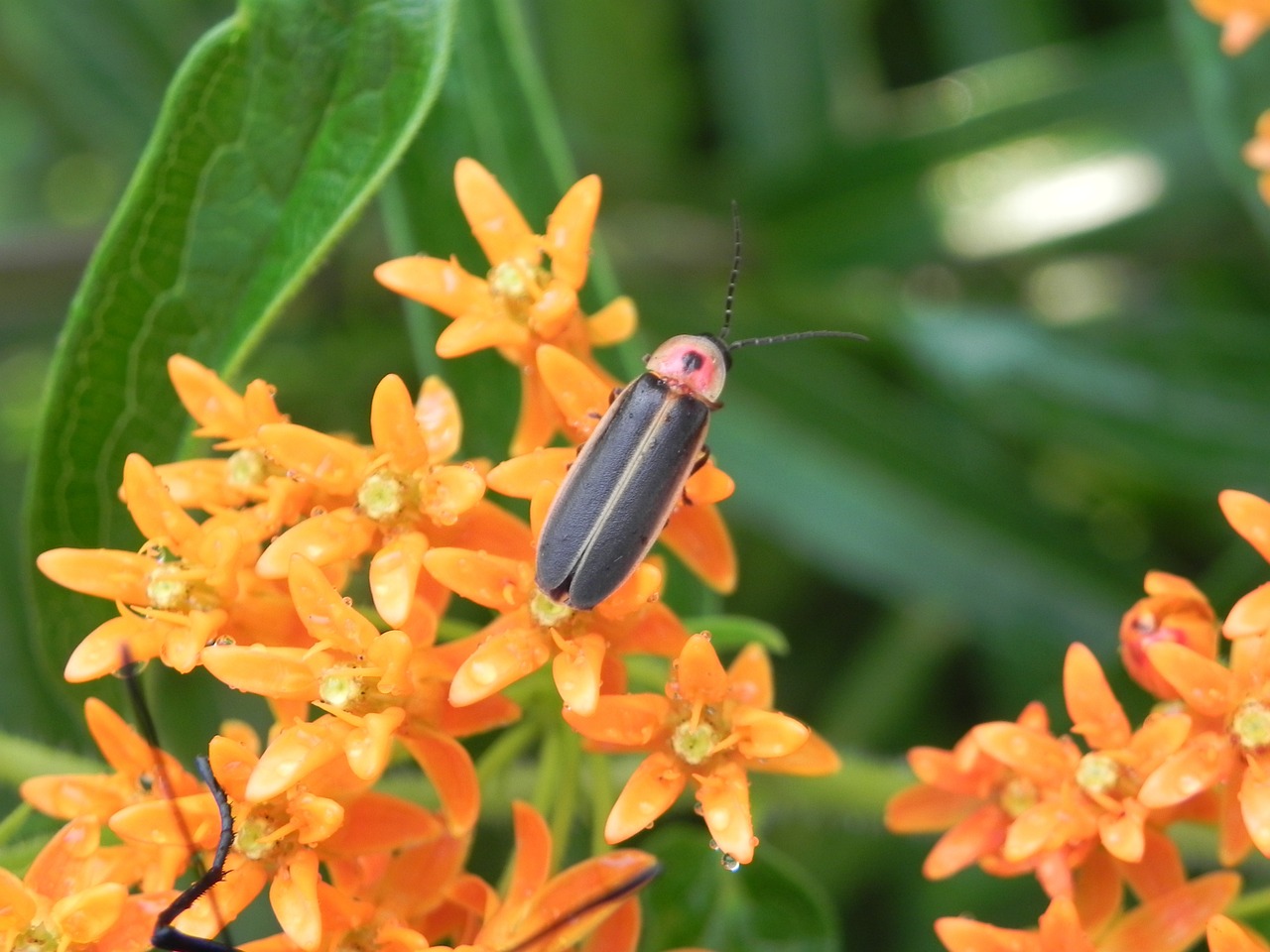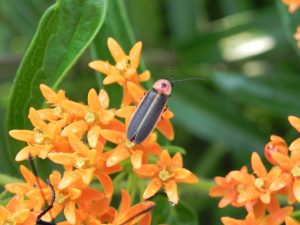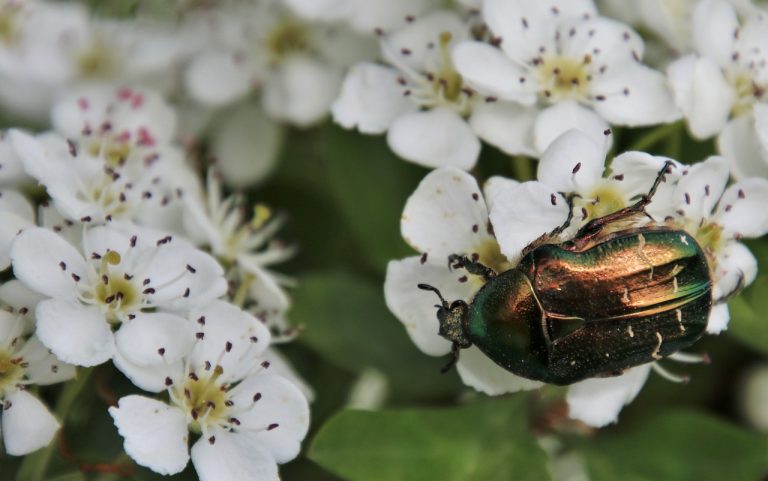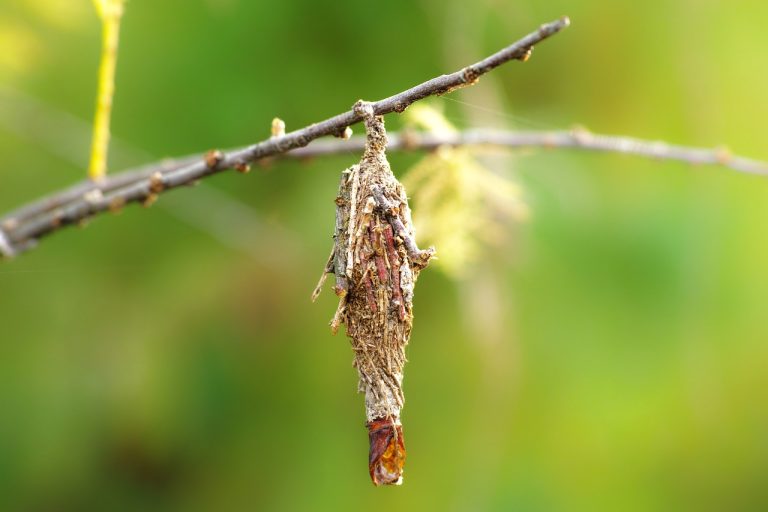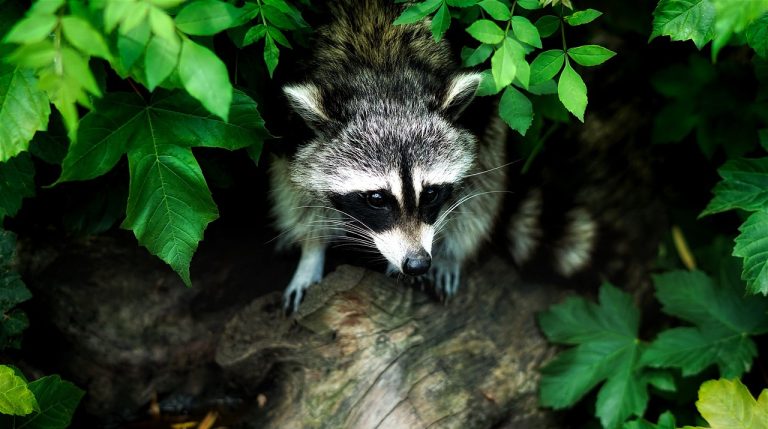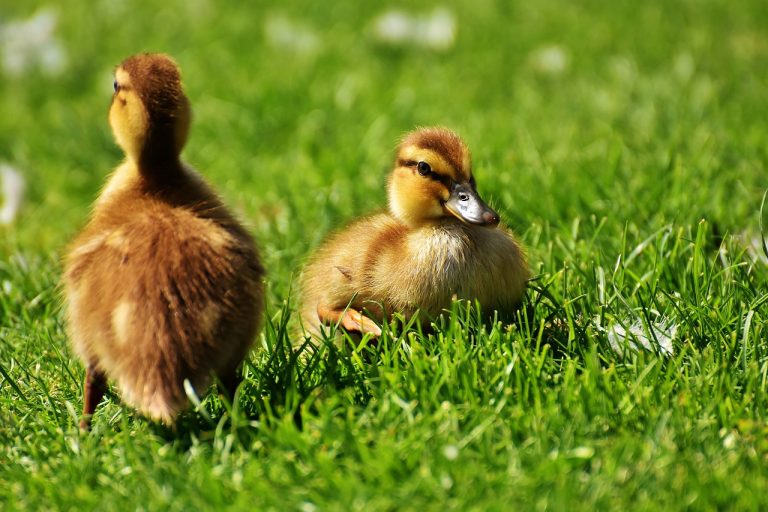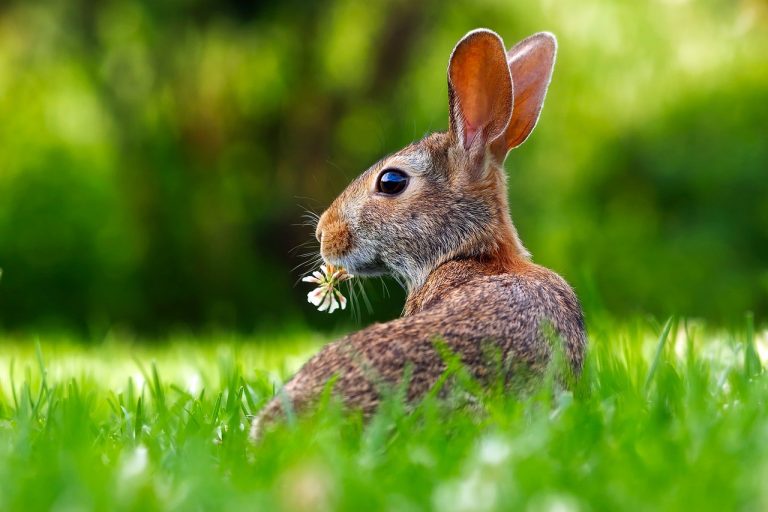HOW TO ATTRACT LIGHTNING BUGS (13 Amazing Tips)
Have you ever found yourself captivated by the magical dance of lightning bugs on warm summer nights? There’s something enchanting about their soft, rhythmic glow that sparks a sense of wonder in us. In this article, we’ll delve into the captivating world of lightning bugs, exploring the science behind their luminosity and providing practical tips on how to attract these mesmerizing insects to your surroundings.
HOW TO ATTRACT LIGHTNING BUGS?
Transform your evenings into enchanting spectacles by learning how to attract lightning bugs, those mesmerizing creatures that light up the night sky. Begin by creating a welcoming environment with low-lighting settings and natural foliage. Fireflies are drawn to open spaces, so make sure your yard has ample room for them to display their dazzling dance.
Avoid the use of chemical pesticides, as these can disrupt the delicate ecosystems that lightning bugs thrive in. Illuminate your outdoor space with warm-toned LED lights, as they mimic the fireflies’ natural glow and make your surroundings more appealing to them. Planting native flowers and providing a water source can also enhance your chances of attracting these captivating insects. With these simple steps, you’ll soon be surrounded by the magical glow of lightning bugs, turning your nights into a luminous wonderland.
THE SCIENCE BEHIND LIGHTNING BUGS
At the heart of the fascination with lightning bugs lies the remarkable chemical reaction that produces their distinctive light. Lightning bugs, also known as fireflies, use a combination of luciferin, luciferase, and oxygen to create bioluminescence. This phenomenon not only serves as a means of communication but also adds a magical ambiance to summer nights.
Understanding the life cycle of lightning bugs is crucial for creating an environment that attracts them. These insects undergo a fascinating transformation from eggs to larvae and, finally, to their adult, luminescent form. Knowing these stages allows us to better appreciate their presence in our surroundings.
UNDERSTANDING THE HABITAT OF LIGHTNING BUGS
Creating an inviting habitat is essential for attracting lightning bugs. These insects thrive in environments with specific characteristics, such as tall grass, moist areas, and minimal light pollution. Identifying these features in your local area is the first step toward establishing a haven for lightning bugs.
CREATING A WELCOMING ENVIRONMENT
Several factors influence the attraction of lightning bugs to a particular location. The intensity and type of outdoor lighting play a crucial role. To maximize your chances of seeing these glowing wonders, consider adjusting or minimizing artificial lighting in your yard. Creating a welcoming environment means embracing the natural darkness that allows their bioluminescence to shine.
GARDENING TIPS FOR LIGHTNING BUGS
Transforming your garden into a lightning bug haven involves planting vegetation that attracts them. Certain plants and flowers act as magnets for these insects, providing both sustenance and a suitable habitat. By incorporating these green additions to your garden, you not only enhance its aesthetic appeal but also encourage a thriving lightning bug population.
DIY LIGHTNING BUG ATTRACTORS
For the DIY enthusiast, crafting your lightning bug attractors can be a rewarding experience. Simple solutions, such as mason jars with pinholes or recycled materials, can significantly enhance your yard’s appeal to lightning bugs. In this section, we’ll provide a step-by-step guide to creating your attractor, adding a personal touch to the enchantment of nature.
TIME AND SEASON FOR OPTIMAL ATTRACTION
Timing is everything when it comes to attracting lightning bugs. Understanding their activity patterns and the seasons during which they are most active is key. By aligning your efforts with their natural behavior, you increase the likelihood of witnessing their mesmerizing display.
AVOIDING COMMON MISTAKES
While the desire to attract lightning bugs is widespread, some common mistakes can hinder your efforts. This section will highlight pitfalls to avoid, such as excessive use of artificial light and disrupting their natural habitats. By steering clear of these misconceptions, you can create a more conducive environment for these enchanting insects.
BENEFITS OF HAVING LIGHTNING BUGS AROUND
Beyond their magical glow, lightning bugs contribute to a healthier ecosystem. Their role in controlling pest populations and their significance in the food chain make them valuable contributors to biodiversity. This section explores the ecological benefits of having lightning bugs in your vicinity.
CAPTURING THE MAGIC: OBSERVING LIGHTNING BUGS
Observing lightning bugs in their natural habitat can be a fulfilling and educational experience. This section provides tips for safely enjoying their glow without disturbing their behavior. Whether you’re a nature enthusiast or a parent introducing your children to the wonders of the outdoors, these insights will enhance your lightning bug watching adventures.
ENGAGING ACTIVITIES FOR FAMILIES
Fostering a love for nature in the younger generation involves interactive and educational activities. From creating lightning bug-friendly crafts to organizing a family stargazing night, this section offers ideas that encourage children to connect with the environment while having fun.
PHOTOGRAPHING LIGHTNING BUGS
Preserving the magic of lightning bugs through photography allows us to relive those captivating moments. This section provides tips and tricks for capturing stunning photographs of these bioluminescent wonders. From camera settings to composition techniques, aspiring photographers can immortalize the beauty of lightning bugs.
COMMUNITY INITIATIVE FOR LIGHTNING BUG CONSERVATION
As awareness of environmental issues grows, so does the need for conservation efforts. This section explores local and global initiatives focused on protecting lightning bug populations. Discover how you can contribute to these noble causes and make a positive impact on the preservation of these mesmerizing insects.
MYTHS AND LEGENDS SURROUNDING LIGHTNING BUGS
Throughout history, lightning bugs have been the subject of myths and legends in various cultures. This section delves into the fascinating stories and beliefs associated with these insects, separating fact from fiction with scientific insights.
Frequently Asked Questions (FAQ) about “How To Attract Lightning Bugs”
Can I use any light to attract lightning bugs?
It’s best to minimize artificial light, but if needed, opt for red or amber hues, which are less disruptive to their natural behavior.
When is the best time to attract lightning bugs?
Evening hours during warm summer nights are ideal for witnessing the magical display of lightning bugs.
Do certain plants really attract lightning bugs?
Yes, plants like daisies, phlox, and evening primrose are known to attract lightning bugs due to their nectar-rich blooms.
How long do lightning bugs live?
The lifespan of a lightning bug varies but is generally around two months, with their glow being most prominent during their adult stage.
Is it possible to harm lightning bugs by trying to attract them?
Yes, excessive use of artificial light and disruption of their habitats can negatively impact lightning bugs; it’s crucial to strike a balance.
CONCLUSION
Creating an environment that attracts lightning bugs is not just about witnessing their enchanting glow; it’s about fostering a connection with nature. By understanding the science behind their bioluminescence, adapting your surroundings, and appreciating their ecological significance, you can invite the magic of lightning bugs into your life.

